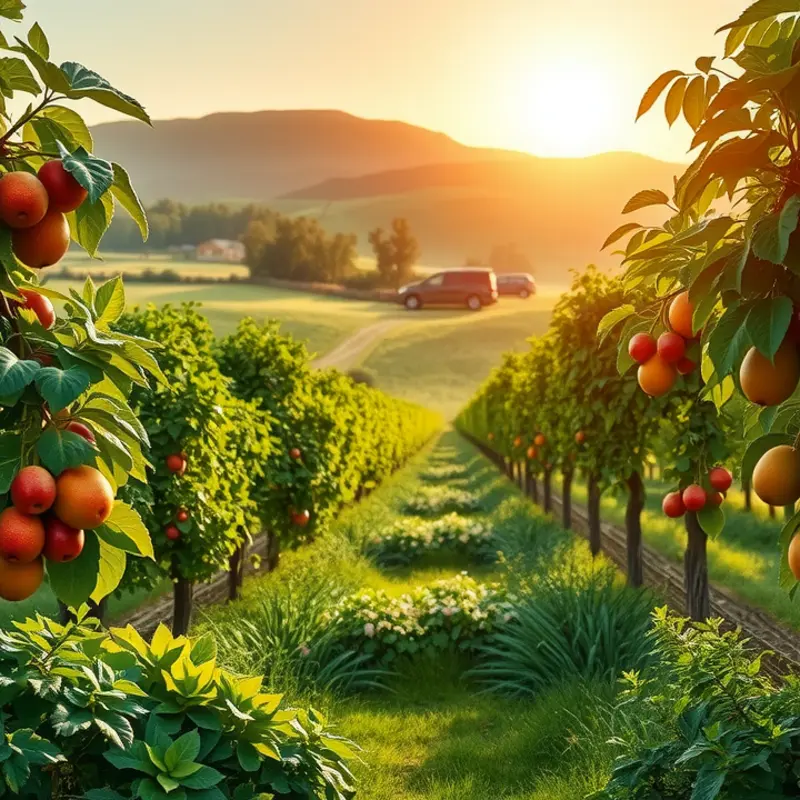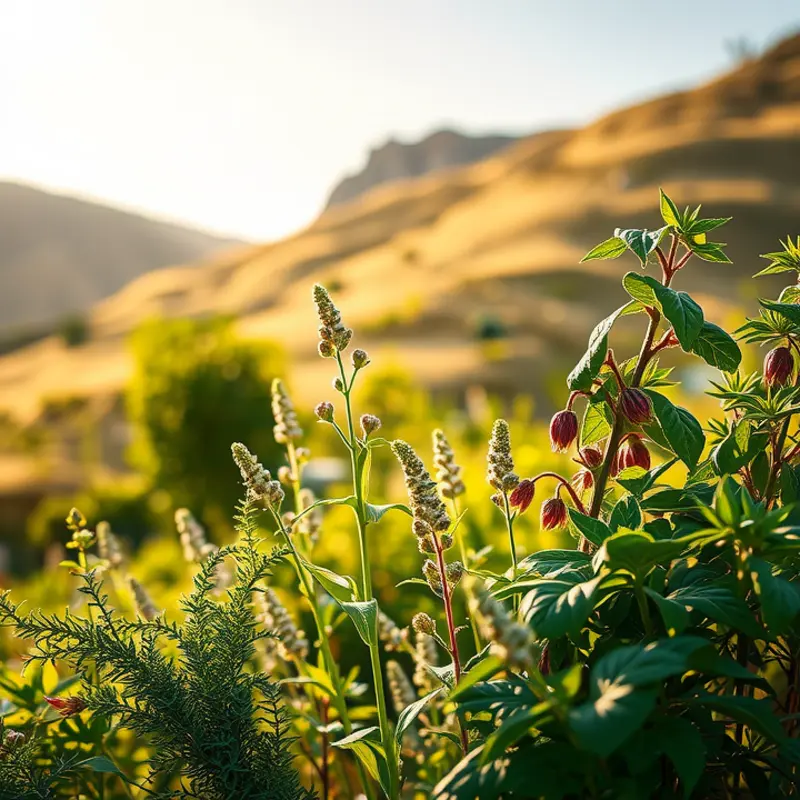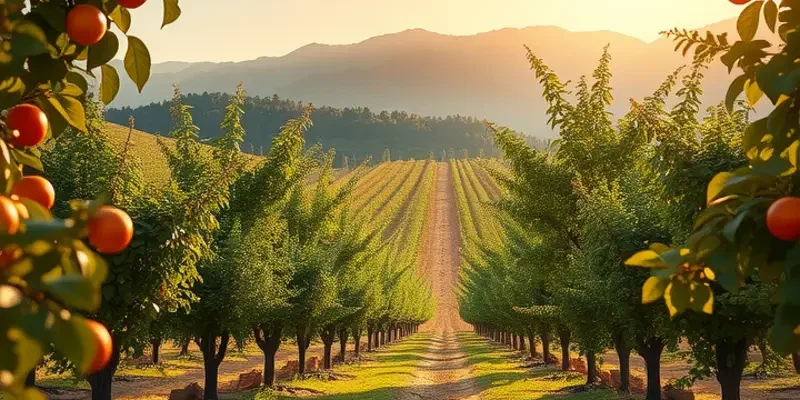Food is a universal language that speaks to our shared experiences and cultural narratives. Across different countries and communities, celebration meals serve as a bridge connecting families and friends during significant life events. Whether it’s a wedding feast in India or a Thanksgiving dinner in America, these culinary traditions tell stories and preserve heritage, showcasing the unique flavors and ingredients of each culture. Join us as we embark on a delicious journey through some of the world’s most beloved celebration meals.
Festive Gatherings: The Meaning Behind Global Celebration Meals

Dining together on celebratory occasions has been a cherished tradition in every culture throughout history. The universal concept of sharing festive meals signifies unity, gratitude, and the joyous bonds that food can forge among families and communities.
In cultures around the world, weddings are a quintessential moment for communal dining. In India, grand affairs feature a spread of biryani, dal, and various curries, where flavors meet in aromatic symphony. These dishes, often infused with spices such as cumin, cardamom, and saffron, create a vibrant tapestry on the palate. Meanwhile, in China, the wedding banquet showcases dishes like Peking duck and longevity noodles, embodying prosperity and long life wishes for the newlyweds.
Religious holidays also play host to significant culinary traditions. During Ramadan, the breaking of the fast, or Iftar, brings families together around tables lined with dates, lentil soup, and harira. This meal symbolizes reflection and gratitude, a profound connection enhanced through treasured recipes passed down generations. In contrast, the celebration of Thanksgiving in the United States centers around a feast brimming with roast turkey, stuffing, and cranberry sauce. Foods are chosen to remember the historical Pilgrim’s harvest, showcasing gratitude for both past and present abundance.
National festivals further magnify the cultural significance of food. In Japan, Obon, a time to honor ancestors, includes sharing somen noodles in a communal gathering. Light and cold, they are perfect for the summer festival, offering refreshment and an experience of culinary heritage intertwined with familial bonding. Across the globe, in Mexico, Día de los Muertos features offerings of pan de muerto and tamales—a vibrant culinary homage to celebrating life and remembering loved ones.
Ingredients play a vital role in tying these meals to their cultural roots. The use of specific spices, herbs, or local produce not only defines the character of the dish but also evokes memories and shared cultural experiences. These elements contribute to a common culinary dialogue among those partaking in the meal, reinforcing familial stories and communal identity.
Flavor profiles, too, carry profound meanings, acting as conduits to cultural narratives. For example, in Iranian culture, the Nowruz festival, marking the Persian New Year, includes dishes like sabzi polo—a herbed rice cooked with dill and parsley. The fresh, vibrant flavors echo themes of renewal and growth.
Communal meals, inherently rich in tradition and meaning, build a framework of connection and continuity in every culture. The shared act of preparing and consuming these meals knits together traditions with the present, affirms community, and celebrates the core values that bring people together. Whether partaking in a modest family gathering or an elaborate community feast, these celebration plates inspire enduring connections across generations and cultures. To learn more about how global trade has influenced these dishes, you can explore culinary influences.
Culinary Connections: Traditional Dishes from Around the World

Food has always been more than sustenance; it is a vehicle of cultural expression and unity. Let us embark on a tangible journey, exploring iconic celebration meals from different corners of the world.
French Boeuf Bourguignon exemplifies the sophisticated rusticity of French cuisine. Originating from the Burgundy region, it is a labor of love that requires patience as the beef leisurely simmers with red wine, mushrooms, onions, and bacon. Traditionally prepared for communal gatherings, its aroma alone speaks of warmth and togetherness. The symbolism of Boeuf Bourguignon lies in its ingredients—each reflecting Burgundy’s agricultural bounty. Preparing this dish weaves culinary threads from the past, linking generations in shared tradition.
In Mexico, Tamales have transcended the realm of mere food. These bundles of joy are wrapped in corn husks, filled with various ingredients like pork, chicken, or beans, enveloping vibrant local sauces. They are deeply embedded in the history of Mexico, harking back to ancient civilizations. The preparation process is a communal affair, particularly around celebrations such as Christmas and Día de los Muertos. Families gather in masa-making marathons, the kitchen echoing with laughter and stories. This tradition embraces continuity, binding past and present in savory harmony.
Ethiopian Injera represents more than a staple bread; it is a means of communion. Made from teff flour, injera is a spongy, sourdough flatbread that serves as both dish and utensil. Its preparation entails a unique fermentation method, demanding skill and careful attention to artistry. In Ethiopian households, sharing injera signifies unity. Families and friends gather around a communal platter, where various stews and salads rest atop the bread. Eating together by sharing a single injera is an act of trust and community, reinforcing social bonds.
These meals—whether simmered, wrapped, or baked—do more than nourish the body. They foster relationships, celebrate histories, and create future memories. Indeed, cooking epitomizes an art form, one resonating with cultural narratives and regional flavors. As such, Boeuf Bourguignon, Tamales, and Injera are not just cuisine but vibrant chapters in the book of global heritage. For more on how trade influences culinary evolution, see this article on culinary influences through trade.
Cooking connects the temporal dots between who we were and who we are. It is through celebration meals that one experiences resilience, identity, and joy—a fitting testament to the spirit of human togetherness.
Final words
Celebration meals are more than mere dishes; they are reflections of culture, history, and love. As we’ve seen, each festive meal tells a unique story, celebrating life’s important moments and bringing together families and communities. Whether it’s through the fusion of flavors, the use of special ingredients, or the communal act of sharing food, these meals remind us of our shared humanity. The next time you sit down to enjoy a meal with loved ones, remember the rich traditions it represents, and embrace the opportunity to connect with cultures from around the world.








